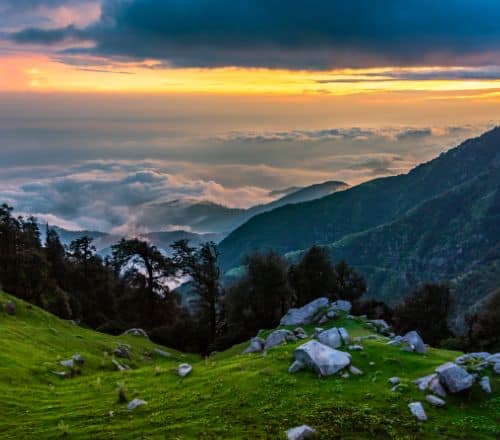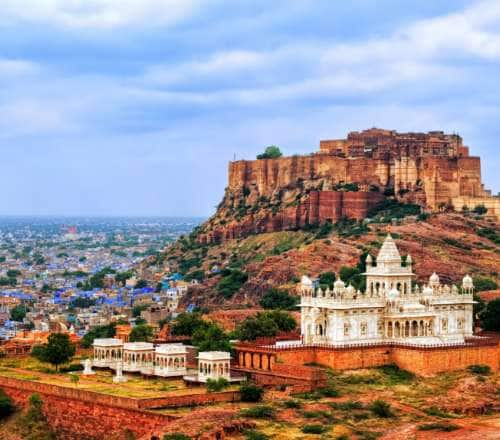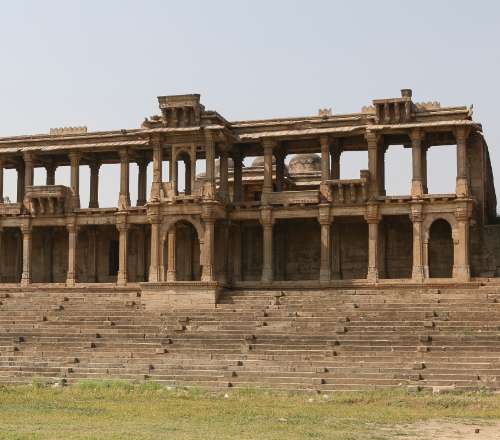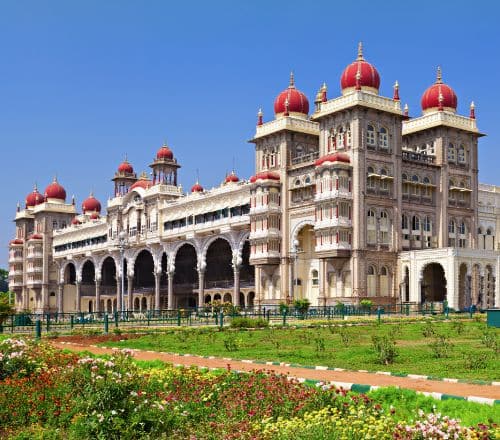Stay logged in to proceed with bookings, orders and offers.
On changing the terminal, you will loose items in your cart. Are you sure you want to change your terminal?
Exploring leopard growls and befriending the Orion constellation in Munsiyari
Once you have lived with them for any length of time, you belong to them. There is no escape.
I found this quote in the book Rain in the Mountains: Notes from the Himalayas by the brilliant English writer Ruskin Bond. This quote was doing rounds in my thoughts when my friend asked me if I wanted to visit the hills. I gave a resounding yes!
The backstory: my friend planned a road trip to Munsiyari, Uttarakhand with one of his brothers. Knowing our mutual appreciation of travel, and admiration for the mighty Himalayas, he asked me to join him on the trip.
According to the internet, Munsiyari is a scenic hamlet in the heart of the Pithoragarh district of Kumaon, Uttarakhand. Settled at 2,298 metres above sea level, this comely village boasts majestic views of the Himalayan ranges consisting of mountains like Nanda Devi, Panchachuli, etc. This raw data wasn't enough for me. I wanted to experience the beauty firsthand.
So, I started my 600 km-long journey to Munsiyari from Majnu ka Tila, and let me tell you, it turned out exactly as I had imagined. Perhaps even better!
The following day, the sun's first rays browning my skin, I waited for my friend at Majnu ka Tila. Majnu ka Tila, or MKT, or 'The Hillock of Majnu,' is a Tibetan refugee colony near North Campus, Delhi. The place is known for its market, food joints, and Buddhist shrines and is vibrant with Delhi University students.
Majnu Ka Tila was a refugee ghetto for Tibetan exiles in the 60s. Now, the place has a positive aura, despite its solemn past. I finally met my friend, and we began our journey. Within an hour, we felt the wind in our hair and the beauty of nature in our sights as we left the city outskirts.
By the time we reached Almora, it was already 10 pm. We decided to stay the night at a newly opened hostel in Kasar Devi – a sleepy village 8 km from Almora where Swami Vivekananda had come to meditate. This serene hamlet offered breathtaking views of the valley and housed several rivers, waterfalls, and streams in its bosom.
The following morning took my breath away! I was the first to wake up, and the minute I stepped outside, I witnessed the most spectacular sight of my life.
The Panchachuli range of the Himalayas opened up in front of me in all its divine glory. I was so surprised no one warned me about how beautiful the view from my room will be! I fought waves of shock, surprise, and elation until I let out an involuntary scream. My friend came running but went mum like me when he witnessed the magnificent sight of the snow-covered Panchachuli range sprinkled with morning mist and sun's rays kissing her mighty crown.
Many moments passed and we finally calmed down in the peace the view gave us! I walked out of the hostel to soak in the misty morning of Uttarakhand. It was the month of April, and spring was in full bloom. Everywhere I looked, there were colourful flowers, lush green trees, and a spotless blue sky with rolling clouds.
We finally left for Birthi Falls, and it took us exactly six hours to reach our destination. Birthi Falls, one of Uttarakhand's most majestic waterfalls, rambled from 125 m into the pristine waters of Kali River. The water of the Birthi Falls is naturally fed by rains and snow trickling from the hills and rocks, making it a perennial waterfall. Birthi Falls is positioned at an altitude of 2,000 meters, making it one of India's highest waterfalls!
Tucked between splendorous forests and enchanting meadows, the cascading falls are about 35 km from Munsiyari village. It takes the locals two hours to trek from Munsiyari to Birthi. The minute I saw its magnificence, I knew I had to feel its silken touch hidden under its growling thunder!
Even though I stood a good distance from the waterfall, my clothes were wet by what I can only refer to as the ‘sprinkles’ of the fall!The pictures cannot do justice to the actual sight; the waterfall was thunderous and intimidating but also brought peace and calm to my heart.
I was wet from head to toe in no time. A kind chai-wallah near the waterfall allowed me to change inside his house, which was within walking distance. Later, we ordered Maggi and kulhad-wali chai from his shop and ate in silence, admiring the primal beauty of Birthi Falls.
The kind locals of Munsiyari invited us for a pahadi-style dinner at their home. Pahadi dishes can be summed up in two words – simple and delicious! The locals typically include wild herbs and seeds like faran and jakhiya to cook and temper their food.
Our dinner consisted of pahadi kadhi (known as jholi) and rice served with a special raita of Munsiyari, full of nutrients. Jholi is similar to regular kadhi, only it is thicker and tempered with herbs to make it spicier. I was tired from the journey, so I don't remember when I fell asleep in my room.
My sleep broke at 2 am. I woke up to incessant growls from what I thought was a local leopard. I was told about the occasional presence of a leopard in the area but little did I know that I'd face a death scare that very night. Since the time of man-eating leopards of the 1900s in Corbett, leopards have always occupied the folklore of locals and inform us of the persistent man-animal conflict.
Mr Negi requested us not to step out during the night since there are chances of a leopard visiting us – they can smell new blood! I was pretty calm about the warning since there weren't a lot of sightings in the area in the past few years.
When the growls dissipated, I mustered the courage to step into the balcony and see if I could get a passing glimpse of the leopard. Thankfully, I didn't, but something else caught my attention. It was a sky full of sparkling stars!
Not many people know that Munsyari is one of the best places in India for star-gazing. The zero light pollution enhances the appearance of these tiny fireballs that we fondly call stars.
Among the jumble of lights, I spotted the Orion, one of the major constellations in the galaxy. I was spellbound and struggled to find words to describe the sublime nature of the starry exhibition above my head.
I wished I could share the stories I picked up at Munsyari with Orion. I stayed up writing poems under the mystical starry night in the magical Himalayan hill town. After a long time, it was just the night, the Himalayas, and me, revelling in each other's presence.
The next day, we went on a trek along a trail, but we had to reach Almora before the darkness fell. So, we left Munsiyari early, with a rainbow that accompanied us till Almora.





The Adani One expressly disclaims all liability, direct and indirect, in respect to actions taken or not taken based on any or all the contents of this Blog. The Blog is an opinion of the contributor based on the collation of data from various sources and is provided only for information purpose. Adani One does not canvass, advertise, solicit, invite or induct for any product, merchandise, information, brand or any other materials mentioned in the Blog, nor does it obtain any monetary benefit from the same. Reader is advised to read and apply his/her intellect and discretion in this regard. Any Intellectual Property mentioned in this blog belongs to the rightful owner. We do not intent to claim any interest over the same.